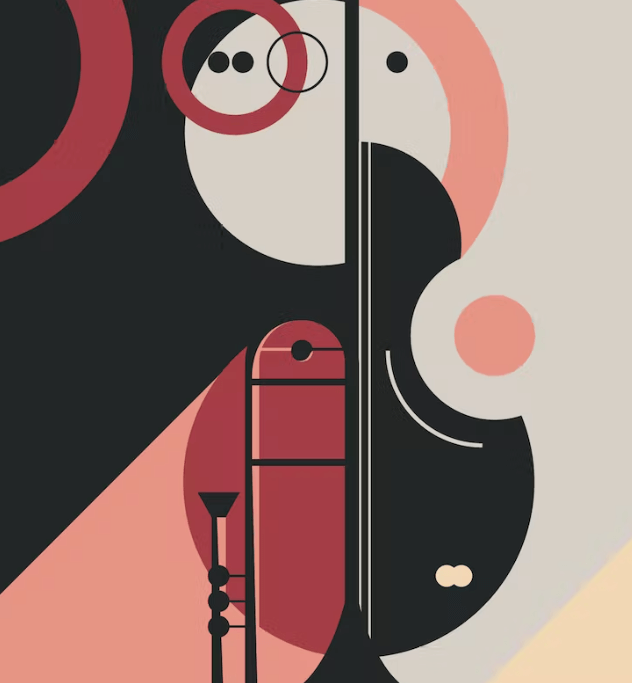Dark Classical Music – The Beauty Of It

Classical music is often associated with beauty, elegance, and refinement. But not all classical music fits this mold. Some classical compositions are dark and intense, exploring the deeper, more complex emotions of the human experience.
Dark classical music can take many forms, from the haunting melodies of romantic composers such as Chopin and Brahms, to the dissonant chords and rhythmic complexity of modernist works by composers such as Schoenberg and Bartok.
One of the defining characteristics of dark classical music is its use of dissonance, or the combination of two or more notes that are not harmonically pleasing. Dissonance can create a sense of tension and unease in the music, and it can be used to evoke a wide range of emotions, from fear and anxiety to melancholy and despair.
Another characteristic of dark classical music is its use of unconventional or unexpected musical techniques. This can include the use of extended techniques, such as playing a string instrument with the bow upside down, or using electronic effects to manipulate the sound of the music. These techniques can add a sense of mystery and otherworldliness to the music, and they can create a sense of unease or disorientation in the listener.
Dark classical music can also be characterized by its use of complex or unusual structures and forms. Many dark classical compositions are highly structured and require careful listening to fully appreciate. This can create a sense of challenge or intellectual engagement for the listener, and it can add to the overall intensity of the music.
Here are a few examples of dark classical music:
- “Requiem” by Wolfgang Amadeus Mozart: This famous choral work is a somber and mournful reflection on death, and it is full of dissonance and emotional intensity.
- “Prelude to the Afternoon of a Faun” by Claude Debussy: This atmospheric piece uses unconventional techniques and unusual harmonies to create a dreamlike and surreal atmosphere.
- “Symphony No. 5” by Ludwig van Beethoven: This iconic work is known for its dramatic opening motive and its relentless, driving rhythm, which creates a sense of tension and unease.
- “Piano Sonata No. 2” by Sergei Rachmaninoff: This intense and emotional piano sonata is full of sweeping melodies and complex harmonies, and it is often considered to be one of the darkest of Rachmaninoff’s works.
- “Concerto for Orchestra” by Béla Bartók: This modernist masterpiece is full of complex rhythms and dissonant harmonies, and it explores a wide range of emotions, from joy and excitement to fear and despair.
- “The Rite of Spring” by Igor Stravinsky: This revolutionary ballet score is known for its primitive, primal rhythms and its intense, dissonant harmonies, which create a sense of tension and unease.
- “In the Hall of the Mountain King” by Edvard Grieg: This short piano piece is part of Grieg’s “Peer Gynt” suite, and it is full of dark, dissonant harmonies and a driving, relentless rhythm, which create a sense of danger and urgency.
- “The Unanswered Question” by Charles Ives: This modernist work is characterized by its use of dissonance and its complex, layered structure, which creates a sense of mystery and uncertainty.
- “The Firebird Suite” by Igor Stravinsky: This famous ballet score is known for its haunting melodies and its eerie, otherworldly harmonies, which create a sense of magic and wonder.
- “Adagio for Strings” by Samuel Barber: This famous string orchestra piece is slow, mournful, and emotional, and it is full of dissonance and tension, which create a sense of sadness and loss.
These are just a few examples of dark classical music. There are many other works in this genre, and the definition of “dark” is subjective, so different people may have different interpretations of what constitutes dark classical music.


